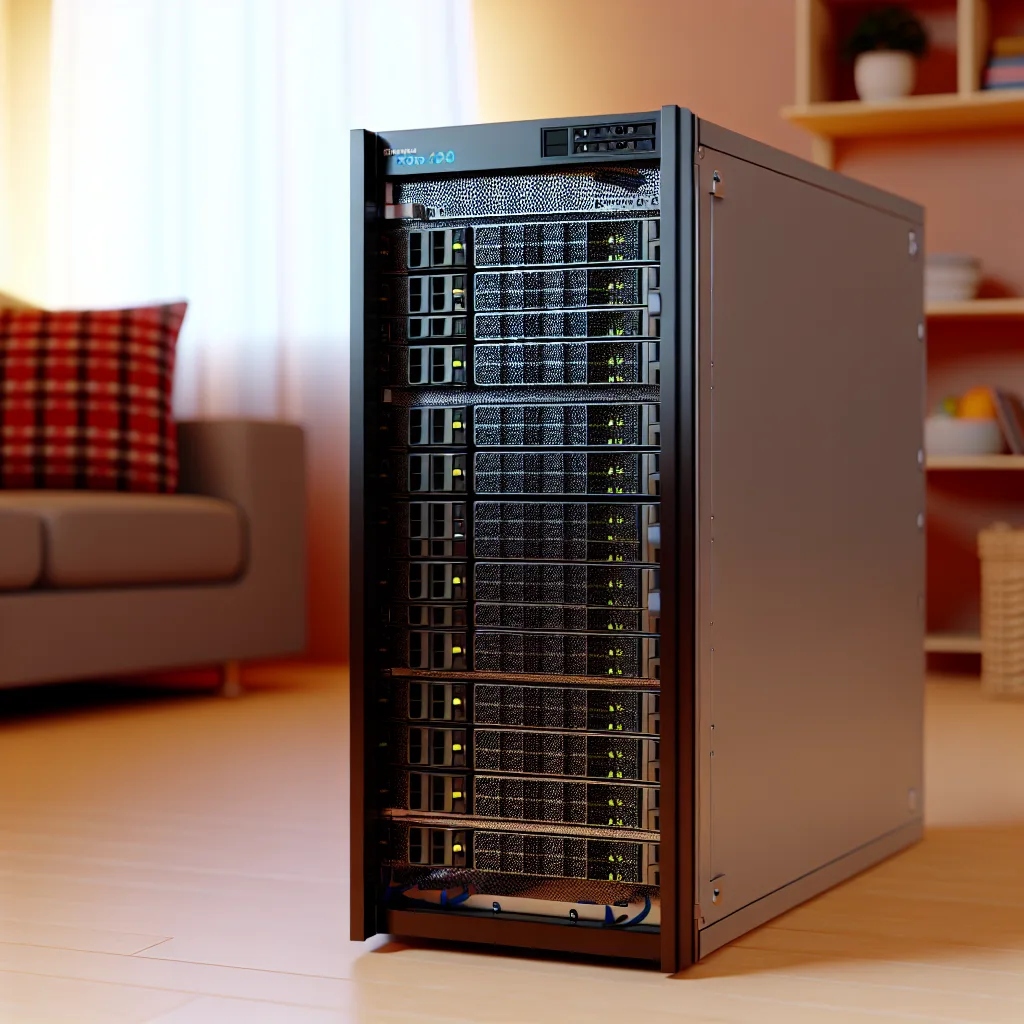How I gave new life to an old server for storage, media, and more
If you’re like me, you might have some older tech kicking around, wondering if it still has a use. I recently decided to bring a Dell PowerEdge T320 back into action as my home server setup—and it’s been smoother than I expected. This isn’t about the latest flashy gear. Instead, it’s a solid, thoughtful way to get a reliable setup without breaking the bank.
Why Use a Dell PowerEdge T320 for Home Server Setup?
The Dell PowerEdge T320 isn’t new, but it packs a punch with a Xeon E5-2403v2 processor and 48 GB of RAM. These specs give it plenty of muscle for handling storage, media streaming, virtualization, and more. Plus, it has plenty of bays and expansion slots, making upgrades easy down the line.
I started with two SanDisk Plus 240 GB SSDs for the boot pool running TrueNAS Scale—a great open-source storage OS that’s user-friendly and robust. For bulk storage, I’ve got six WD Red 4 TB hard drives. These drives are known for reliability in NAS environments and keep my data safe.
Planning My Home Server Setup Upgrades
The beauty of a flexible server like this is that modifications are possible as needs evolve. Here’s what I have planned:
- Disk Expansion: Adding a Chieftech 4-bay hot-swap cage to utilize the empty 5.25″ bays. This will make swapping drives easier and keep downtime minimal.
- SSD Cache and Storage: Installing a 1TB WD Red SN700 SSD as a cache and a 2TB SN700 for Docker containers and virtual machines. This helps speed up access to frequently used apps and files.
- Boot Pool Upgrade: Replacing the current SanDisk drives with two Intel DC S4500 240GB Enterprise SATA SSDs for increased durability and speed.
- Massive Storage Capacity: Eventually filling 12 drive bays with WD Red Plus 12TB HDDs, giving me a whopping 144TB raw storage—perfect for media libraries or backups.
- Networking Boost: Adding a Dell-branded Intel X520-DA2 10Gbit NIC to significantly improve network speeds.
Why Go This Route?
Using a server like this for a home server setup isn’t just about having tons of storage. It’s about control. I can run multiple containers and VMs, host media servers like Plex, or even experiment with new software without worrying about reliability. TrueNAS Scale’s support for ZFS delivers data integrity features that are great for peace of mind.
It also helps that this is a quieter server than some older rack gear, making it manageable to keep in a living room without being distracting.
Helpful Resources
If you’re considering a home server, check out TrueNAS Scale’s official website for details on the OS I’m using. For hardware details and upgrade options, Dell’s official PowerEdge T320 support pages provide extensive specs. Lastly, Western Digital’s NAS drives info give a good overview of why WD Red drives are a solid choice for home servers.
Setting up this Dell PowerEdge T320 as my home server has been a rewarding project that blends practicality with potential for growth. If you’ve got old hardware sitting around, maybe it’s time to think about a home server setup and what you could do with it.
